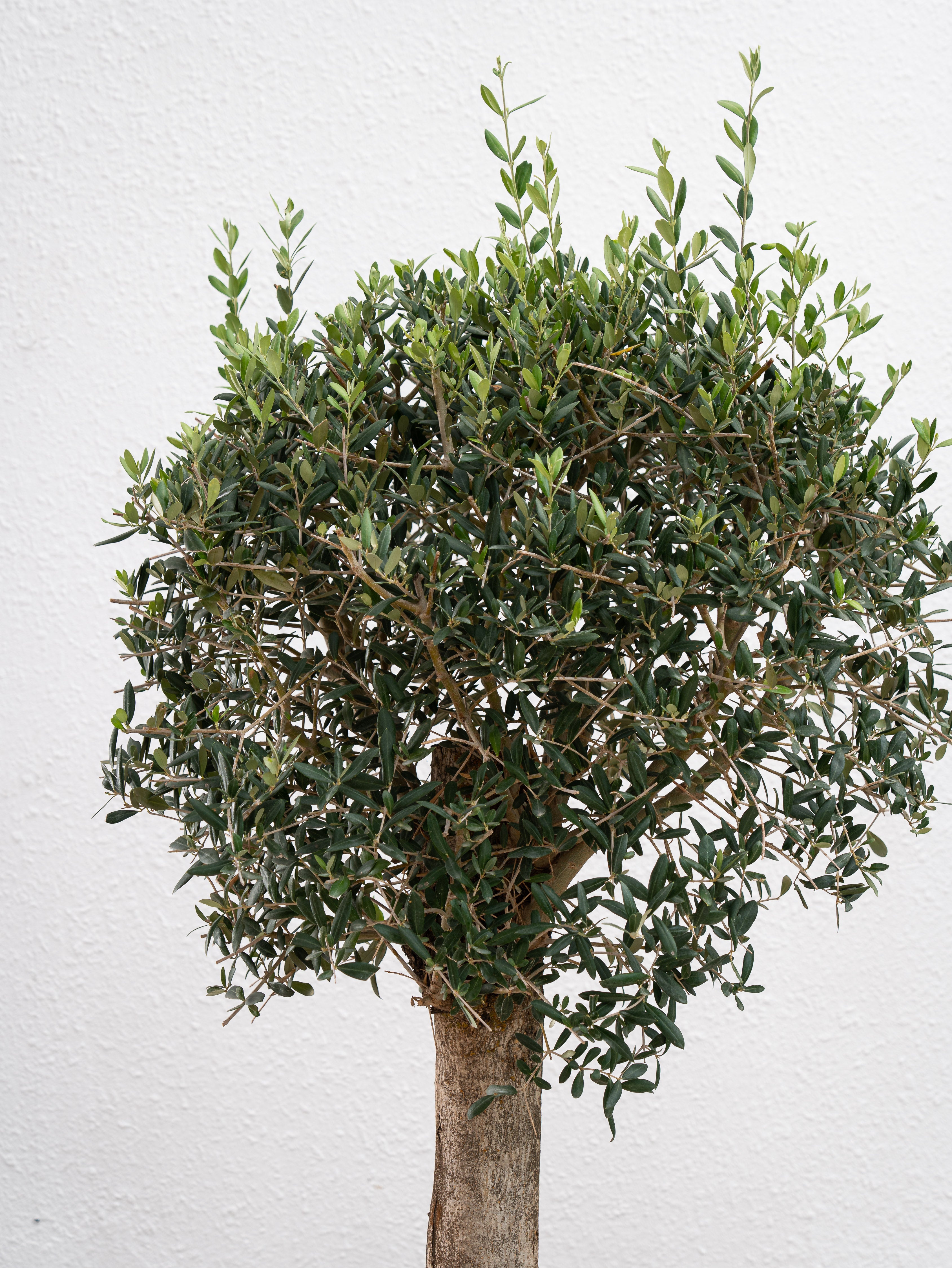Spider plants (Chlorophytum comosum) are beloved for their striking, arching leaves and low-maintenance nature. They’re perfect for beginners and seasoned plant enthusiasts alike, thriving in various environments and adding a touch of greenery to any space. But while spider plants are relatively easy to care for, knowing a few secrets can ensure yours grows lush, vibrant, and healthy. Let’s dive into what makes spider plants flourish.
1. Provide the Right Light Conditions

Spider plants thrive in bright, indirect sunlight. While they can adapt to low-light conditions, insufficient light may result in slower growth and pale, droopy leaves. On the other hand, direct sunlight can scorch the delicate leaves, causing browning tips.
Tips for Optimal Lighting:
- Place your spider plant near an east-facing or north-facing window for gentle morning light.
- In rooms with less natural light, consider using grow lights to supplement their needs.
- Rotate the plant every few weeks to ensure even growth.
Also Read- Spider Plants And Indoor Air Quality: How They Clean Your Home
2. Water Wisely
Watering is a common pitfall when it comes to spider plant care. They prefer slightly moist soil but can suffer from root rot if overwatered. On the flip side, letting the soil dry out completely for too long can cause stress and leaf browning.
Watering Tips:
- Water your spider plant when the top inch of soil feels dry.
- Use room-temperature, filtered water to avoid mineral build-up, which can lead to brown leaf tips.
- Ensure the pot has drainage holes to prevent water from pooling at the bottom.
3. Use Well-Draining Soil

Spider plants thrive in well-draining, nutrient-rich soil that allows water to flow freely while retaining enough moisture for healthy growth.
Soil Tips:
- Use a general-purpose potting mix with added perlite or sand for improved drainage.
- Avoid heavy, compact soils that retain too much water.
Also Read-How To Water Your Spider Plant Properly: Tips For Optimal Growth
4. Maintain Ideal Temperature and Humidity
Spider plants are hardy and adapt to a range of indoor temperatures, but they grow best in moderate conditions.
Temperature and Humidity Tips:
- Keep the temperature between 65–75°F (18–24°C).
- Avoid placing the plant near cold drafts or heating vents, which can cause stress.
- Increase humidity by misting the plant occasionally, especially in dry climates or during winter when indoor air tends to be drier.
5. Fertilize for Growth

Spider plants aren’t heavy feeders, but a little fertilizer can encourage lush, vibrant foliage.
Fertilizer Tips:
- Feed the plant with a balanced, water-soluble fertilizer once a month during the growing season (spring and summer).
- Avoid over-fertilizing, as it can lead to salt build-up in the soil and harm the roots.
Also Read- Pruning Spider Plants: Tips For Maintaining A Beautiful Plant
6. Prune and Propagate Regularly
Pruning and propagating not only help control the plant’s size but also encourage healthier growth.
Pruning Tips:
- Trim off any brown or damaged leaves using clean scissors to improve the plant’s appearance and prevent disease.
- Remove older leaves at the base of the plant to encourage new growth.
Propagation Tips:
- Spider plants produce “babies” or “spiderettes” on long stems. These can be snipped off and propagated in water or soil.
- Propagation ensures you always have fresh, healthy plants to expand your indoor garden or share with friends.
7. Watch for Common Issues
While spider plants are resilient, they’re not immune to problems.
Common Problems and Solutions:
- Brown Leaf Tips: Often caused by fluoride or chlorine in tap water. Use filtered water to prevent this.
- Pests: Keep an eye out for mealybugs and spider mites. Wipe leaves with a damp cloth or use insecticidal soap to manage infestations.
- Yellowing Leaves: Overwatering or poor drainage can cause yellow leaves. Check the soil and adjust your watering routine.
Also Read- Creating A Cozy Indoor Garden With Spider Plants This Winter
8. Repot When Necessary
Spider plants grow quickly and can become root-bound, which stunts their growth.
Repotting Tips:
- Check for roots growing out of the drainage holes as a sign it’s time to repot.
- Move the plant to a slightly larger pot every 1–2 years, using fresh soil for added nutrients.
The secret to growing lush and healthy spider plants lies in balancing light, water, soil, and nutrients while keeping an eye out for common issues. These adaptable plants reward consistent care with vibrant foliage and air-purifying benefits, making them a standout addition to any home.
With these tips, you’ll not only keep your spider plant thriving but also enjoy a greener, fresher indoor space. Ready to elevate your home with a flourishing spider plant? Start nurturing yours today.













Leave a comment
This site is protected by hCaptcha and the hCaptcha Privacy Policy and Terms of Service apply.